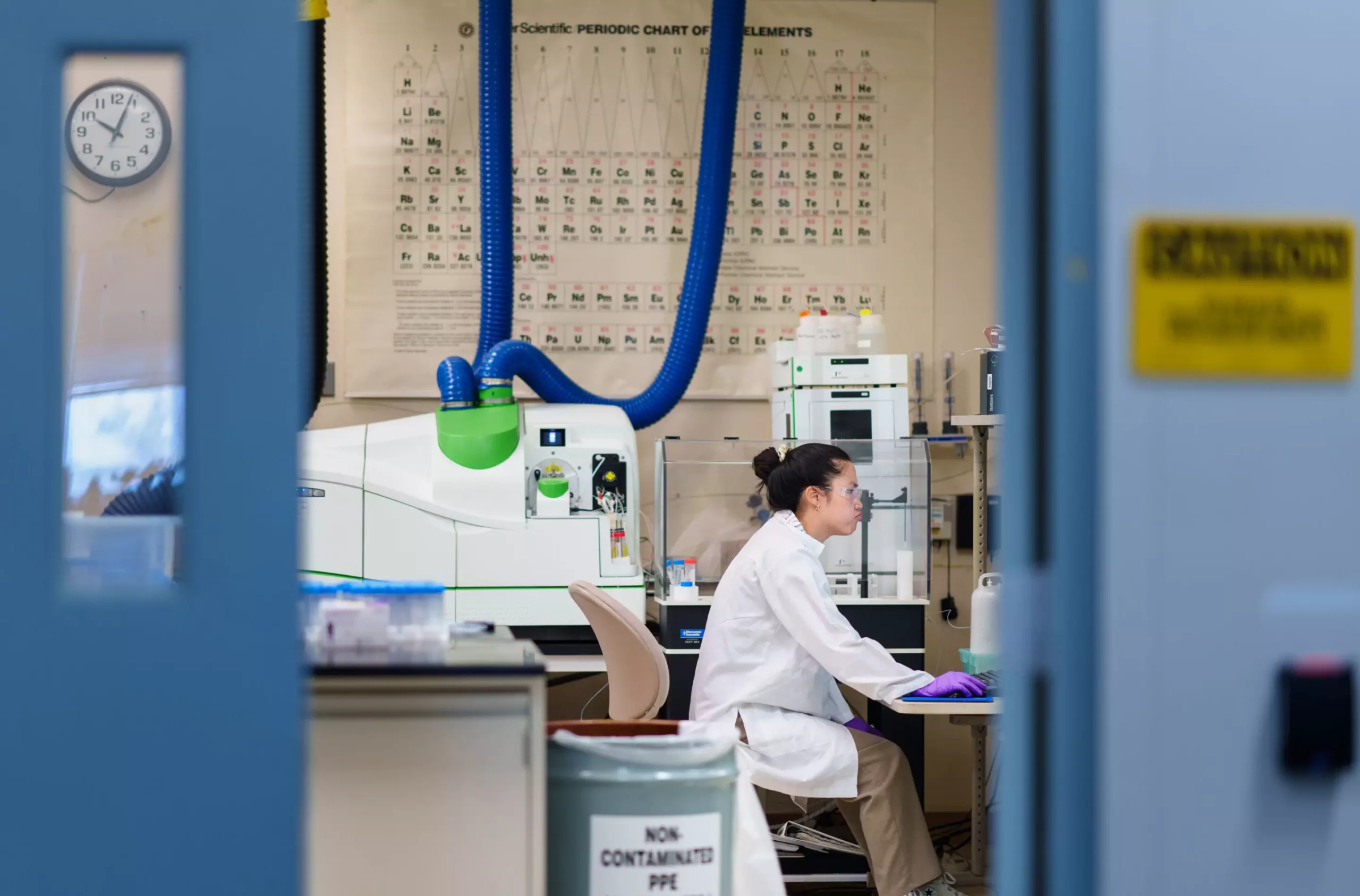Rare-earth elements (REEs) play an indispensable role in contemporary technology, serving as essential components in a variety of devices, from smartphones to electric vehicles. Despite their abundance in the earth’s crust, the geological complexity of these metals makes extraction and purification challenging. Currently, over 80% of the world’s rare-earth supply is produced in China, where the extraction processes often involve the use of harmful acids and other toxic substances. The environmental implications of such extraction methods raise significant concerns, highlighting an urgent need for more sustainable alternatives.
Recent advancements in materials science have opened new opportunities for REE recovery that prioritize environmental health. Researchers at Sandia National Laboratories have been at the forefront of this innovative endeavor, focusing on a novel extraction technique that utilizes metal-organic frameworks, or MOFs, to separate these critical metals from their ores in a more eco-friendly manner.
MOFs are unique structures composed of metal ions linked by organic molecules, forming porous networks capable of selectively adsorbing specific ions. The groundbreaking work undertaken by the Sandia team has involved synthesizing and refining these intricate frameworks to enhance their capacity for REE adsorption. Unlike conventional methods, which are environmentally damaging, MOFs present a promising alternative by enabling the targeted extraction of rare-earth elements without relying on harmful chemicals.
The research team successfully employed a variety of zirconium-based MOFs, chosen for their remarkable stability and adaptability in aqueous environments. By experimenting with various surface chemistries, they aimed to fine-tune the adsorption properties, creating specialized “sponges” that can isolate specific rare-earth metals from complex mixtures.
In their recent findings, published in the journal “ACS Applied Materials and Interfaces,” the team revealed that by manipulating the chemical groups on the surface of the MOFs, they could significantly influence the adsorption behavior of the rare earths. Geochemist Anastasia Ilgen, leading the project, emphasizes that the enhanced selectivity can be achieved by adjusting the functional groups attached to the frameworks.
The researchers conducted a series of experiments involving different structural configurations of MOFs to assess how modifications to the molecular structure could impact their ability to capture rare-earth elements. They discovered that MOFs with absent linker components exhibited enhanced binding capabilities for specific rare earths over those with complete structures. Particularly, the incorporation of phosphonate groups on the linkers demonstrated a substantial increase in metal adhesion, showcasing the vital role of surface chemistry in metal adsorption.
To complement their experimental work, the researchers utilized sophisticated computer simulations to gain insights into how rare-earth elements interact at a molecular level with these frameworks. Computational materials scientist Kevin Leung conducted both molecular dynamics simulations and density functional theory modeling. The findings indicated that while rare-earth elements did not prefer to bind to amines in solution, they showed a marked preference for negatively charged species like phosphonate, especially among heavier rare-earth elements.
Leung’s simulations suggest that insights gained from these computational models could inform future MOF designs, enabling scientists to develop frameworks tailored to adsorb specific metals selectively. His hypothesis of combining positively and negatively charged surface groups to achieve ion selectivity represents an exciting avenue for future research efforts.
The combination of experimental findings and computational modeling constitutes a powerful toolkit for advancing the field of rare-earth element recovery. The researchers at Sandia National Laboratories are now exploring additional strategies to enhance ion selectivity further. Future designs may incorporate unique combinations of metal hubs within the MOFs or tailor surface chemistry to promote the extraction of specific rare-earth elements in mixed solutions.
The implications of this research extend beyond environmental benefits; they could also lead to more efficient and sustainable processes for effectively obtaining rare-earth elements. As global demand for these crucial metals continues to rise, developing innovative and eco-friendly methods for their recovery becomes increasingly vital.
The work conducted by the Sandia team is paving the way for a transformative approach to rare-earth element extraction. By utilizing MOFs, they offer a glimpse of a future where the recovery of critical metals does not come at the expense of environmental health. Through continued innovation and collaboration in the fields of chemistry and materials science, it is possible to create sustainable processes that meet the growing demands of technology while protecting our planet. The pursuit of greener alternatives not only enhances metal recovery techniques but also aligns with global efforts to promote sustainability, underscoring the significance of this research in the broader context of environmental stewardship.


Leave a Reply